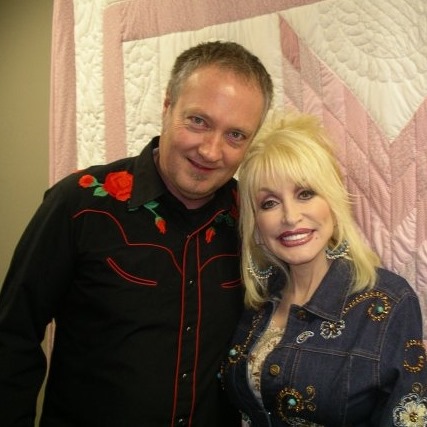Killers Of The Flower Moon
Director: Martin Scorsese
Cast: Robert De Niro, Leonardo DiCaprio, Lily Gladstone
Screenplay: Eric Roth, Martin Scorsese.
Running time: 206 minutes.
I confess I had some apprehension over its length, but Killers Of The Flower Moon is well worth the numb bum. And we can surely expect Oscar nominations for the three principals – De Niro, DiCaprio and Lily Gladstone – as well as Scorsese himself.
At the age of 80, half a century after he came to attention in Mean Streets, De Niro dominates the screen as the evil cattle baron Bill ‘King’ Hale, patriarch of the town of Fairfax, Oklahoma.
Fairfax lies on Indian land and – in the film, and in real life – after oil was discovered there at the turn of the 19th century the Osage Nation briefly became the richest people per capita in the entire world.
Until men like Hale arrived to scam them for their riches.
In the first of many acts of evil subterfuge, Hale encourages his nephew Ernest (DiCaprio), fresh from the front in France and not the brightest spark, to intermarry by taking an Osage bride, Mollie.
His intention, as with every other interaction, is far from altruistic: it’s to ensure that Mollie and her family – sisters, children – never inherit the multi-million dollar oil rights owned by her elderly and ailing mother.
Hale is a monstrous creation; arguably De Niro’s most monstrous -and that’s really saying something after Taxi Driver, Goodfellas, Casino and The Irishman, Cape Fear and Angel Heart (in which he literally played the Devil). Not to mention Meet The Parents.
Oozing oleaginous charm everywhere he goes, ‘King’ paints himself as the Osage People’s friend and greatest ally; he speaks their native language and even delivers heartfelt funeral orations after murders instigated by himself.
DiCaprio also embraces his role as the archetypal mark, a slow-witted stooge whose use to his uncle is mostly to create distance between Hale and his crimes as he embarks on his murderous mission to eradicate an entire family – an entire people – in pursuit of money. Even though he is at the end of his life and already has enough wealth and status for any man.
Gladstone achieves the tricky task of dominating the scenes she’s in without saying much at all: she’s as taciturn as the Indian surgery assistant Marilyn in Northern Exposure (there’s not a wealth of Native American actors with which to compare), yet her eyes say more than a scriptwriter’s lines ever could.
It’s not just the story of the Osage people and not just a fitting memorial to the 60-plus tribespeople murdered for their land (and oil); it’s the story of America. More than that, it’s the story of colonialism. And that’s what makes it so important.
Scorsese tells his story slowly and meticulously, letting it unfold and gather murderous momentum over three-and-a-half hours, but I’d recommend anyone who wants to see it to do so at the cinema.
It doesn’t feel that long (I’ve been bored watching films half that) and the production values are as epic as the length, with the township and costumes realised with great attention to detail: even Di Caprio’s rotten teeth are a reminder of the period setting.
As ever with Scorsese, who also co-wrote the script, the music is spot on too, with a beautiful score by the recently deceased Robbie Robertson – himself part Native American – as is Rodrigo Prieto’s cinematography.
Just don’t see it on the TV, divided into convenient chunks… please.
